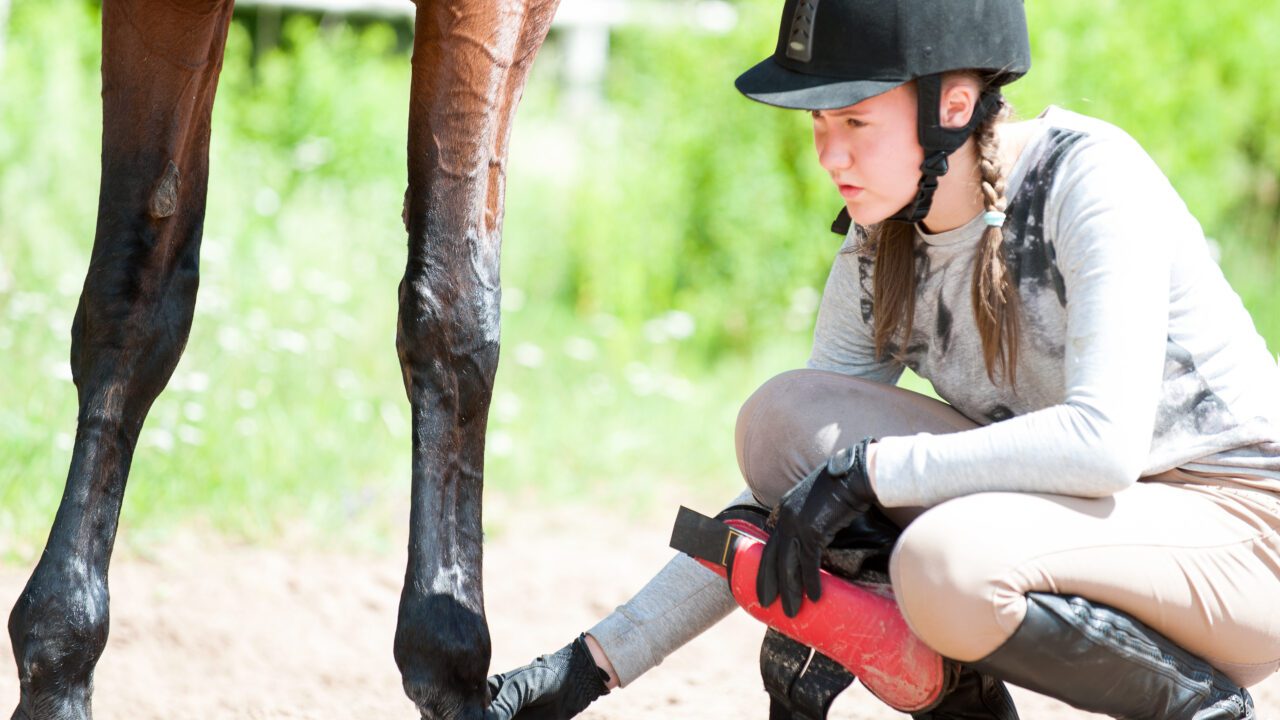Accidents are the least likely cause of lameness in the performance horse.
This statement holds true in most cases of injury to the equine athlete, most accidents or lameness episodes are precipitated by inadequate preparation (conditioning and schooling), foot care/ farriery, unsuitable tack or rider technique and management. Poor conformation and type will also have a direct effect, this just means extra care needs to be taken in preparation and management for these horses. To return from lameness successfully, accurate diagnosis and recognition of causative factors is important. It is also necessary to determine a suitable (for both horse and rider) time frame for rehabilitation and desired level of competition.
Basic conditioning of the equine athlete is similar cross all disciplines, however consideration needs to be taken of:
- Discipline
- Level of competition
- Time restraints and facilities
- Previous experience and conditioning
When returning from injury the training programme needs to be closely managed to reduce the risk of re injury. Periods of inactivity and relative confinement cause loss of bone density as well as a loss of musculoskeletal adaption to exercise. It is not uncommon for equine athletes that are rushed back into work to breakdown either at the site of initial injury or elsewhere. Basic conditioning for any equine discipline involves a balance of conditioning exercise and schooling. Training programmes can be divided into three stages and these vary in length depending on age, genetics, discipline and conformation.
The conditioning process also can be divided into three complementary areas:
- Cardiovascular conditioning – to enhance respiratory, cardiovascular and muscular systems to increase energy production
- Suppling exercise – increases range of motion and athleticism which will reduce injury risk
- Strength training – sport specific increase in power and endurance of muscle groups, determined by chosen discipline
It is important to understand that cardiovascular and muscular systems adapt quickly (within weeks), however the support structures (bone, cartilage, tendon, ligament and hoof) adapt over a period of months and are susceptible to damage if the training process is too quick. A rule of thumb is to treat horses returning from injury in a similar way to young horses in their first preparation.
Stage one is the low slow distance training (LSD), this involves gradual increases in basic walk, trot and canter work preferably over varied terrain if possible to ensure adequate activation and conditioning of the whole horse. This cannot be replaced with lunging, swimming or treadmill work, these exercise options should be used to enhance traditional conditioning methods. This basic conditioning stimulates the physiological and structural adaptations to maximise performance and maintain long term soundness. Schooling exercises develop neuromuscular and mental discipline.
Regular exercise is required to successfully condition the performance horse, each session causes temporary tissue damage which then repairs over the next few days. Repeated cycles of damage and repair cause tissues and bone to adapt to the required workload. Incorporating rest days after intense training will ensure that the body has a chance to repair. These adaptive changes are reversed during a long lay off, particularly if the horse is confined to a yard or box. While most injuries are just given time off, a reduced and controlled exercise programme is more suitable to endure adequate healing and long term soundness. Human athletes start rehab exercises immediately after most injuries.
The facilities and commitment /time needed are not always available to rehab horses, and mental health of both horse and rider is also important, so periods of rest are advisable. Successful rehabilitation of most injuries will be enhanced by making sure the horse is extremely fit at each level before increasing the workload. Muscle Fatigue at speed, jumping or high level dressage will overload tendons, ligaments and joints. Paddock rest, although better than box/yard rest, is not enough to maintain the neuromuscular adaptations to exercise. It can take years to get horses to the desired level of competition, if injury does occur a successful rehab programme will ensure that this time is not wasted.
A few rules of thumb
Prevention:
- Good conditioning and schooling taking into account age and conformation.
- Mechanical support through good farriery and foot care
- Good nutrition to maintain overall health
- Early recognition of lameness before serious injury
- Accurate diagnosis of lameness and probable cause
- Rehabilitation programme in consultation with vet, farrier and alternative therapist
COMMITMENT TO ADEQUATE CONDITIONING PROGRAMME: depends on injury, horse, rider, desired competition level.
Written by Dr Jo Holt

